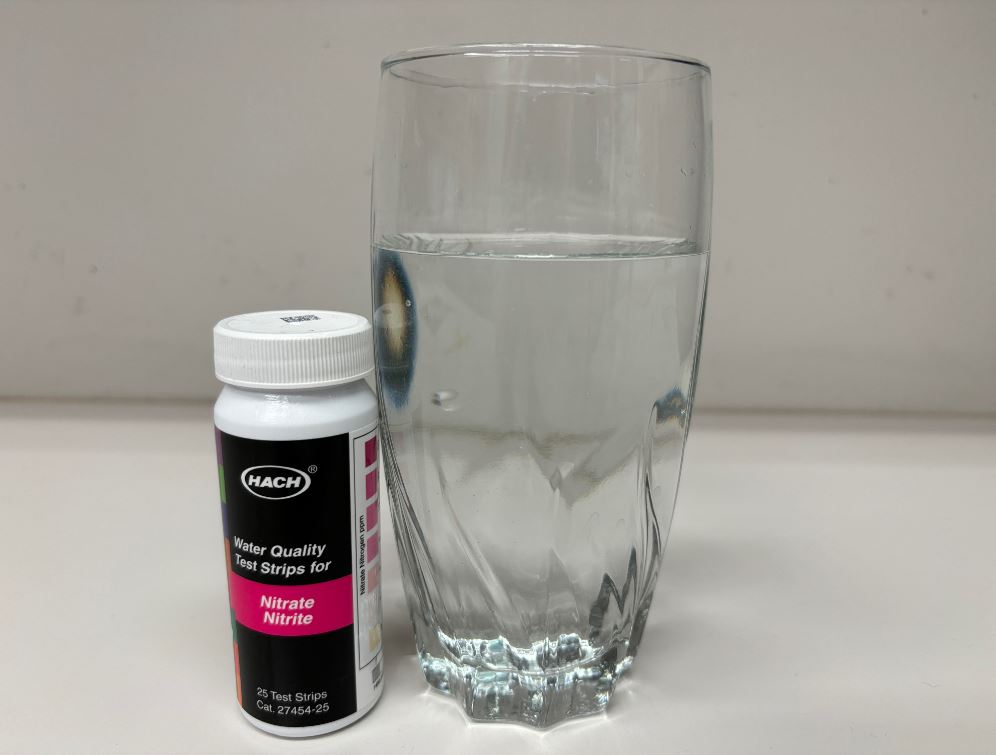This letter is a satire of DNR’s latest response to the EPA’s partial disapproval of Iowa’s 2024 Impaired Waters List. My first impression was that this was a technical dispute with low stakes for water quality and industry. In theory, adding waters to the 303(d) list can result in stricter permit limits on point sources and open up grants for non-point source projects, but in practice there are many loopholes and backlogs that make that unlikely. However, it still matters whether Iowans are getting honest information about the condition of our waters from the agency charged with protecting them. Iowa DNR’s position is ridiculous and indefensible.

To the attention of the US Environmental Protection Agency, Region 7:
Dear Sir,
In your November letter, you stated that Iowa’s 2024 Impaired Waters List should have included six more river segments that are too polluted by nitrate to fully support drinking water uses. The Iowa Department of Natural Resources strongly disagrees and objects to the implication that Iowa’s water is unsafe, or that DNR is not meeting the letter or the spirit of the Clean Water Act.
Just to be clear, we’re not talking about whether the water is safe for fish or swimming. Toxic algae blooms are a separate issue, for which nitrate is at most a contributing factor. Okay, good we’re on the same page. It’s impossible for most waters to end up on the 303(d) list because of nitrogen or phosphorus pollution, because we still haven’t set numeric criteria to protect aquatic life. The 10 mg/L standard for nitrate applies only to the 61 reservoirs and 18 stretches of river that were designated Class C waters, because they are currently or were historically used as a major source of drinking water.
Ultimately, the goal of EPA and DNR is the same: to ensure that Iowa’s drinking water is safe. It is safe! Well… maybe not for adults. We have the second highest cancer rate in the nation and there is growing evidence that one of the risk factors is long-term exposure to moderate levels of nitrate in drinking water. But nobody is seriously proposing we do anything about that! The issue here is whether tap water is safe for babies, whether nitrate-nitrogen is below the Maximum Contaminant Level of 10 mg/L, as required by the Safe Drinking Water Act.
I’m happy to say that water utilities on these six rivers have been able meet that standard by either:
- Operating a nitrate-removal facility to clean up polluted river water at a cost of $10,000 a day
- Mixing high-nitrate river water with low-nitrate water from wells and reservoirs
- Asking customers to cut back on water use during times when the reservoir has a toxic algae bloom
- Drilling enough wells so they no longer have to use any river water
What, you don’t think giving up on polluted rivers is consistent with the spirit of the Clean Water Act? Hey, if it works… Oskaloosa switched its water source from surface water to an alluvial aquifer years ago, and those wells usually have low nitrate levels. That means that even though we’re still legally required to assess nitrate in the South Skunk River, we no longer have any practical reason to worry about it! Granted, alluvial aquifers are still susceptible to contamination from the adjacent river. Cedar Rapids recently saw nitrate in their wells rise to 9 mg/L, but we’re crossing our fingers that it doesn’t get worse.
Let’s get back to the main issue under dispute. We’re not talking about water quality in 2024, we’re talking about the assessment that we released in 2024, which uses water quality data from 2020-2022. The silver lining of a multi-year drought is lower nitrate levels in the rivers! We are not talking about whether a single sample of river water exceeds 10 mg/L, we’re talking about whether 10% of the samples exceed 10 mg/L.
Sure, a single sample of finished tap water exceeding the 10 mg/L MCL for nitrate would constitute a Tier I violation of the Safe Drinking Water Act, requiring public notice and corrective action. However, so long as that corrective action is needed less than 36 days each year, we think it’s fair for the burden of removing nitrate from the water to fall entirely on drinking water utilities and their customers rather than polluters.
What, you don’t think this 10% threshold for evaluating the source water makes any sense? Well too bad! We’ve gotten away with doing it this way for decades and calling us on it now would violate the no-take-backsies clause of the Administrative Procedures Act. You’ve made the mistake of focusing on the letter of the law rather than the spirit of the law and we can argue about which pollutants go on which list, which list can be assessed using the 10% binomial statistical exceedance approach, and what hoops you need to jump through to change anything until babies are blue in the face!
Should this arbitrary and capricious abuse of federal authority stand, we might someday have to write a Total Maximum Daily Load (TMDL) explaining why it’s impossible to clean up nitrate in the South Skunk River, Des Moines River, and Iowa River. If you carefully read the TMDLs and permits that we’ve already prepared for the Cedar River and Raccoon River watersheds, you’ll see that would be a waste of our limited staff time and paper.
Nitrate in drinking water is under control. Please stop talking about it. If we must talk about nitrate, we prefer the discussion be framed around Gulf Hypoxia and the Iowa Nutrient Reduction Strategy, because that makes the problem seem far away and less urgent.
Sincerely,
Kayla Lyon, Director
Iowa Department of Natural Resources
